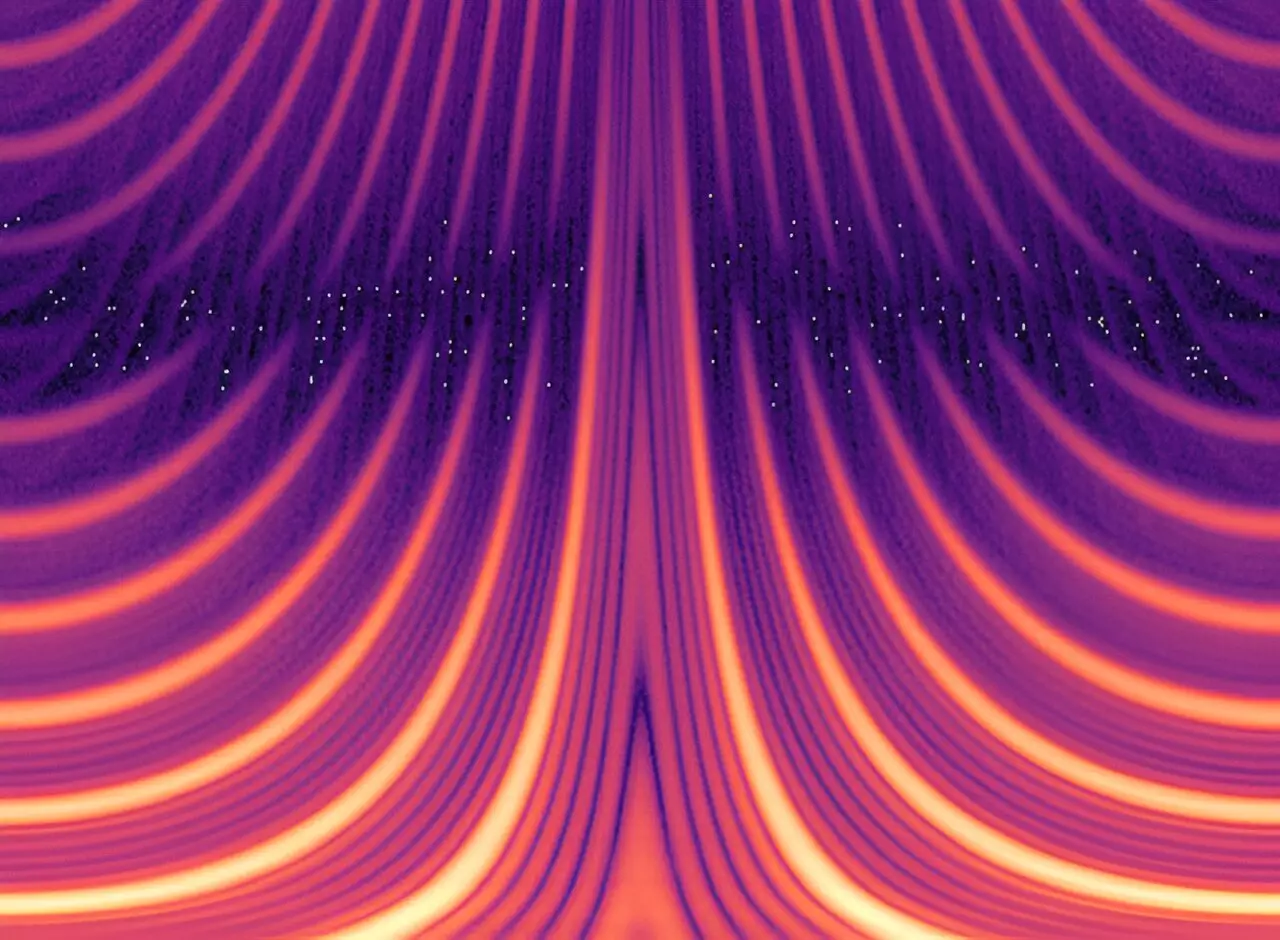In the rapidly evolving landscape of quantum technology, the ability to process and transmit information is paramount. Light, with its unique properties, serves as an exceptional conduit for information, finding applications across classical and quantum realms. Traditionally, processing electronic signals has been straightforward; however, the intricacies involved with manipulating light signals, especially for quantum applications, present significant challenges. Recent advancements, particularly by a distinguished international research team led by Dr. Olga Kocharovskaya, have illuminated new pathways in light manipulation, specifically focusing on X-ray pulses at the single-photon level. This innovative process promises a leap forward in the capabilities of X-ray quantum technologies.
Novel Quantum Memory Techniques
The research, conducted at notable facilities such as the German Electron Synchrotron (DESY) and the European Synchrotron Radiation Facility, showcases a groundbreaking achievement in the realm of quantum memory. Dr. Kocharovskaya’s team successfully demonstrated the storage and retrieval of soft X-ray pulses, a concept grounded in earlier theoretical contributions from their group. By establishing a framework within which X-ray quantum information can be stored, the team clarifies the integral role of quantum memory in the functioning of quantum networks. As photons, categorized by their speed and resilience, are pivotal in this context, the challenge has always been managing their temporary storage effectively.
A key focus of the study is the use of nuclear ensembles instead of atomic ensembles, which traditionally offer memory technology. Nuclear interactions, characterized by lower sensitivity to external disturbances, provide longer memory times even under solid-state conditions and room temperatures. This finding not only broadens the scope of potential applications but also represents a significant technological leap, particularly in utilizing smaller nuclear sizes to achieve stable quantum states.
The new protocol introduced by the researchers utilizes moving nuclear absorbers to create a frequency comb in the absorption spectrum—this ingenious approach allows for the efficient release of stored quantum information. Specifically, through the Doppler effect, a pulse that aligns with the frequency comb can be absorbed and later re-emitted, showcasing a time-delay mechanism based on the characteristics of the nuclear targets. This method holds the promise of enhanced storage times by leveraging longer-lived nuclear isomers, further solidifying the viability of this quantum memory system.
As the researchers dig deeper into the realm of quantum memory, they aim to facilitate the on-demand release of stored photon wave packets. This progression could potentially create avenues for entangling various hard X-ray photons, forming the backbone of quantum information processing. The implications of such advancements are vast, extending existing optical quantum technologies into the realm of higher energy frequencies. The team posits that transitioning to X-ray technologies not only enhances performance but also significantly reduces noise—a crucial factor in achieving clearer and more reliable quantum states.
Dr. Xiwen Zhang, a crucial collaborator in this research, emphasized the trade-offs in memory time due to nuclear coherence limitations, inspiring further exploration into the possibilities of longer-lived isomers. Such efforts reflect the team’s commitment to pioneering developments in quantum optics at higher energies, reinforcing the potential to encode and process information more efficiently.
The successful demonstration of quantum memory at the X-ray level marks a significant milestone in the journey toward advanced quantum networks and processing capabilities. Kocharovskaya and her team stand at the forefront of this endeavor, not only bridging the gap between theoretical concepts and practical applications but also igniting a new era of research within quantum technology. The promise of scalable quantum memory systems could reshape the way we think about and implement quantum communication protocols. As researchers tirelessly seek to unravel the complexities of light and quantum information, this pioneering work stands as a testament to the relentless drive for innovation in the quest for a reliable quantum future.
Moving forward, the collaborations and discoveries emerging from this innovative research could herald vast improvements in how quantum information is processed and utilized across various fields, solidifying our understanding of the link between photons and quantum states. As the work of Dr. Kocharovskaya and her colleagues continues, the potential for transformative impacts on quantum science and technology is undeniably promising.

